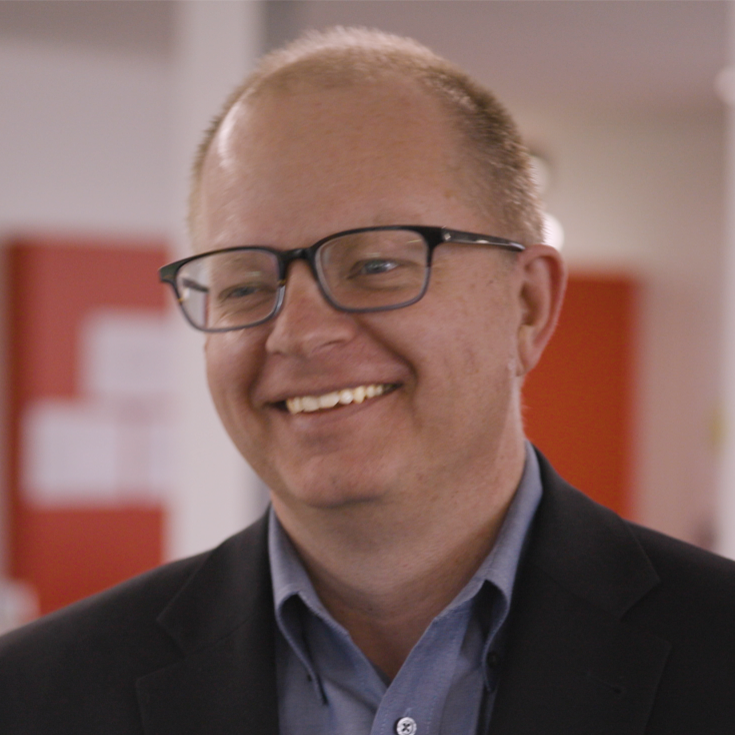Chapter 47. Frame the Opportunity Before Brainstorming the Solution
Brian Sullivan

When you start any design project, identifying a specific opportunity is the single most important factor for success. If you are addressing the wrong opportunity, you are not giving your users what they need. Framing the opportunity before brainstorming solutions helps your team focus on what’s important. It’s the starting point for all future discussions.
Design should be intentional. It should solve a specific user issue or pursue a business opportunity. Too often, we see hidden agendas, promises already made, little (or no) user research done, contracts signed, or solutions predetermined. Framing the opportunity was an afterthought, not a forethought.
A few years ago, a product manager came to a design team wanting a dashboard. She told the team her customers could have all their data on one page. The product manager did not fully understand the problem. Luckily, the designers challenged the initial design challenge using a simple framing statement called WHO-WHAT-WHY. Here is an example:
A (person) needs a way (to solve a unique problem) so they can (achieve this measurable outcome).
People resist change, but they want to improve. As a framing device, WHO-WHAT-WHY statements help you focus on what motivates a person to change their current behavior. Why leads the way for future brainstorming ...
Get 97 Things Every UX Practitioner Should Know now with the O’Reilly learning platform.
O’Reilly members experience books, live events, courses curated by job role, and more from O’Reilly and nearly 200 top publishers.

